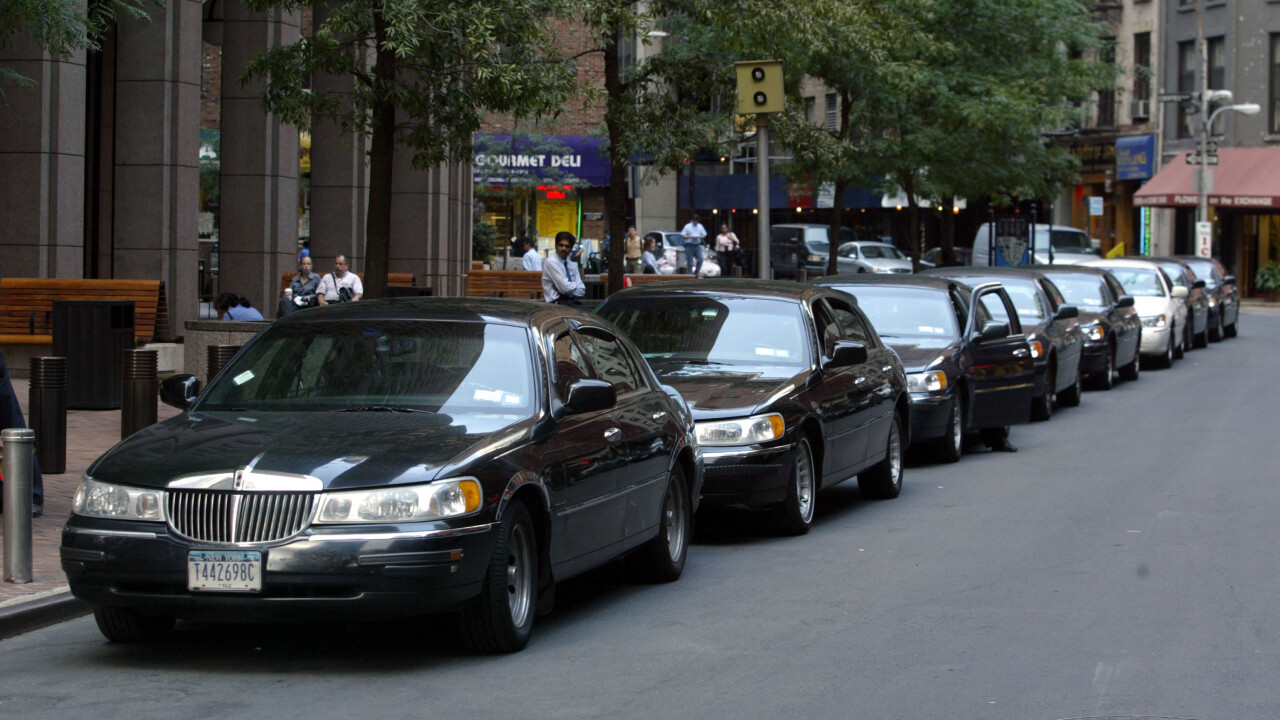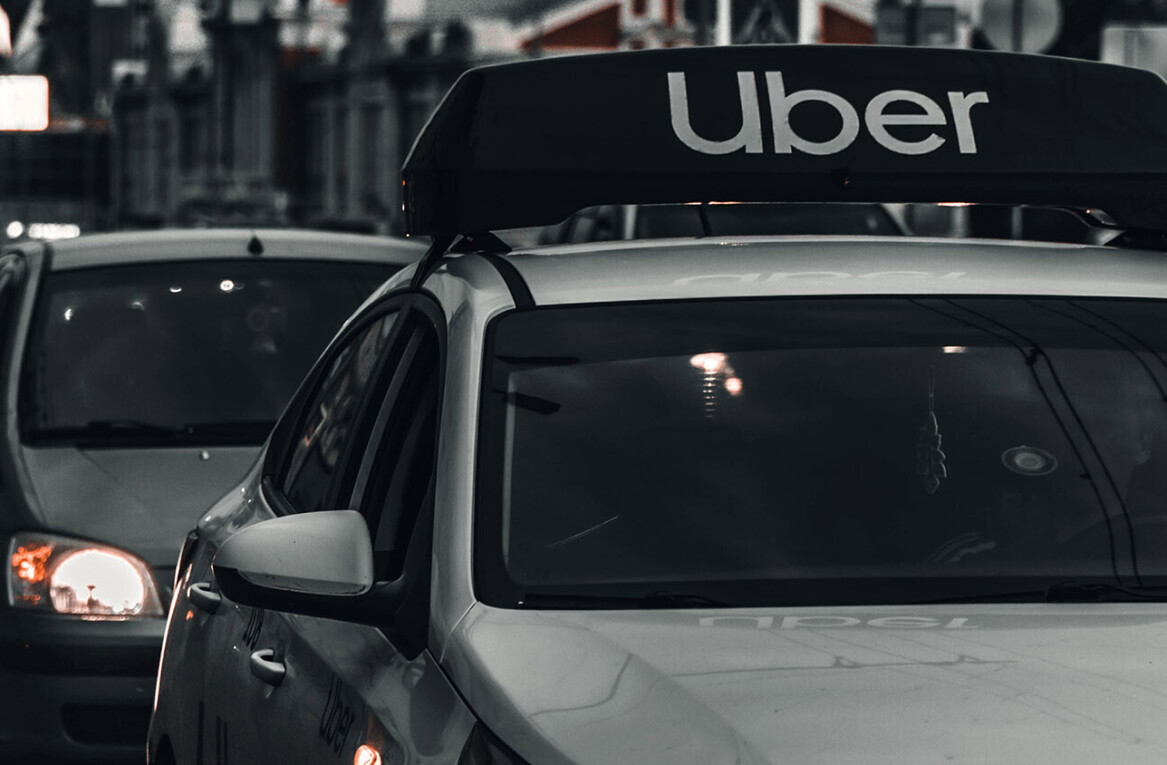
Private car service Uber has finally laid out its stance when it comes to ridesharing. Today, the company unveiled its first “white paper” entitled Principled Innovation: Addressing the Regulatory Ambiguity around Ridesharing Apps. In this, it says that it will aggressively roll out ridesharing in any market with “tacit approval” from regulators. In the absence of approval, Uber will provide safety and insurance in those cities that are “above and beyond” what is needed.
Taking on Lyft and Sidecar in the ridesharing wars
This ridesharing white paper is intended to help regulators and policymakers figure out how to best create rules to support ridesharing in their communities. This is a necessary step for the company in light of the numerous lawsuits and cease and desist letters it has received from local and state regulators, albeit not necessarily around ridesharing.
Uber’s move towards ridesharing stemmed from its interim agreement with the California Public Utilities Commission earlier this year. Although it offers riders the choice of taxis, black towncars, SUVs, and UBERx vehicles, the company is now moving because of the growing competition it feels its facing from the likes of Lyft and Sidecar. In fact, if you read its white paper, it pretty much is directed at those companies.
Over the last year, new startups have sought to compete with Uber by offering transportation services without traditional commercial insurance or licensing. Uber refrained from participating in this technology sector — known as ridesharing — due to regulatory risk that ridesharing drivers may be subject to fines or criminal misdemeanors for participating in non-licensed transportation for compensation.
The company says that while Lyft and Sidecar do offer ridesharing services, they are “quite different” from Uber, who says it works “almost exclusively” with commerically licensed, insured and regulated entities. The only exception is in California as a result of its agreement there.
With regards to its competition, Uber states that their approach is an aggressive one, but is centered on two things:
- Uber, already a market leader, is too weary to enter the non-licensed market in the face of existing regulatory scrutiny.
- Regulators for the most part will be unable to act or enforce in time to stop them before they have a critical mass of consumer support.
It appears that with the first point, both Lyft and Sidecar might be banking on the fact that Uber might be “gun shy” when approaching a new market when it’s facing regulatory concerns. Additionally, Uber states that in the cities serviced by these companies, regulators have not chosen to enforce rules against them.
Uber says through its ridesharing models, potential drivers can go into the office and begin driving within 24 hours. They will not need extra commercial insurance or fees to get licensed, nor will they need to endure any “bureaucratic red tape.”
So what’s Uber’s policy going to be?
According to the white paper, Uber will be moving its ridesharing service into new markets. But it’s going to have some stipulations to its execution, specifically the issue about “tacit approval”.
Uber defines “tacit approval” by looking at a market and seeing if Lyft, Sidecar or any other competitor has operated there for the past 30 days without any obstruction or enforcement by local regulators. But, if there is, then Uber will not implement ridesharing.
However, if there aren’t any regulations surrounding ridesharing, the company says it will add safeguards for its drivers by providing them insurance and doing background checks that go beyond what is typically needed for commercial transportation licenses. While this is notable, it’s not going to be much good if regulators still find the service to be operating illegally.
Specifically, it will have $2 million insurance policy that will apply to any ridesharing trip done through its platform. Additionally, through its screening policy, all drivers will be tested to make sure they have no outstanding issues, but the means to “disqualify” them will be stricter than what current regulators have in place for those commercial drivers.
Uber’s coming, ready or not
In reading Uber’s white paper, there’s two possible reactions. The first one involves celebrating — because now there are more choices for those that are fans of the service. Another thought is that the company has now become tired of the criticism it gets from people who feel that Uber is allegedly treating their drivers poorly or are taking away their jobs.
But whether this document will go a long way into helping regulators establish firmer ridesharing rules remains to be seen. Undoubtedly, representatives from not only Uber, but Lyft, Sidecar, and other services have been actively communicating with rulemakers to make sure sound policy is put into place. However, Uber’s move forwards with ridesharing while it has not necessarily squared away other issues surrounding its black towncars is an interesting one. It could be that it realizes more money and opportunity could be through ridesharing than its towncars?
Uber currently operates in 30 cities around the world, including San Francisco, Lyon, Singapore, Seattle, and Los Angeles. In a Q&A session during the F.ounders 2013 event last March, Uber founder Travis Kalanick disputed the fact that his company was operating “illegally” in many locations. Rather, while it’s fighting various legal issues, regulators are “trying to preserve the ‘status quo'” and has repeatedly called the industry “corrupt”.
Simply put, Kalanick says “We don’t beg for forgiveness because we’re legal.”
The timing of this news comes just a day after Lyft began operating in its newest city, Seattle. While it’s only beginning around the downtown area, it is now in its third city. Interestingly enough, Uber also launched its UBERx service in the Emerald City. Coincidence? Probably not.
It’s important to note that while Uber does have a variety of offerings for its riders, it currently does not have anything in the ridesharing space. UBERx doesn’t qualify because it’s still being driven by professional-esque drivers, but just in “cheaper, greener” rides. Riders can be picked up in either hybrid vehicle or a sedan and taken to their destination and it costs less than the traditional black towncar service Uber offers.
In an interview during TechCrunch Disrupt, Kalanick told TechCrunch’s Ryan Lawler that his company was serious about ridesharing:
That’s for real. If somebody’s out there and has a competitive advantage in getting supply, that’s a problem. I’m not going to just let that happen without doing something about it. So we take it seriously.
With this move, the ball now moves to Lyft and Sidecar’s court. The ridesharing war just got a bit more interesting.
Photo credit: Chris Hondros/Getty Images
Get the TNW newsletter
Get the most important tech news in your inbox each week.



